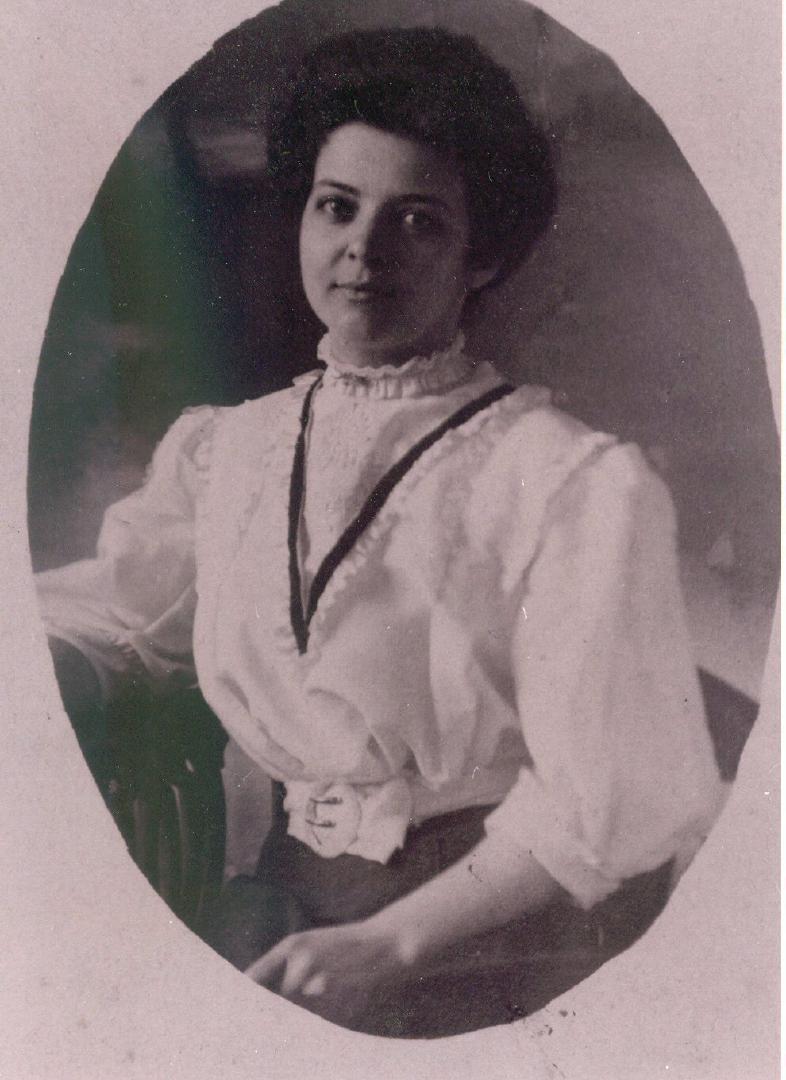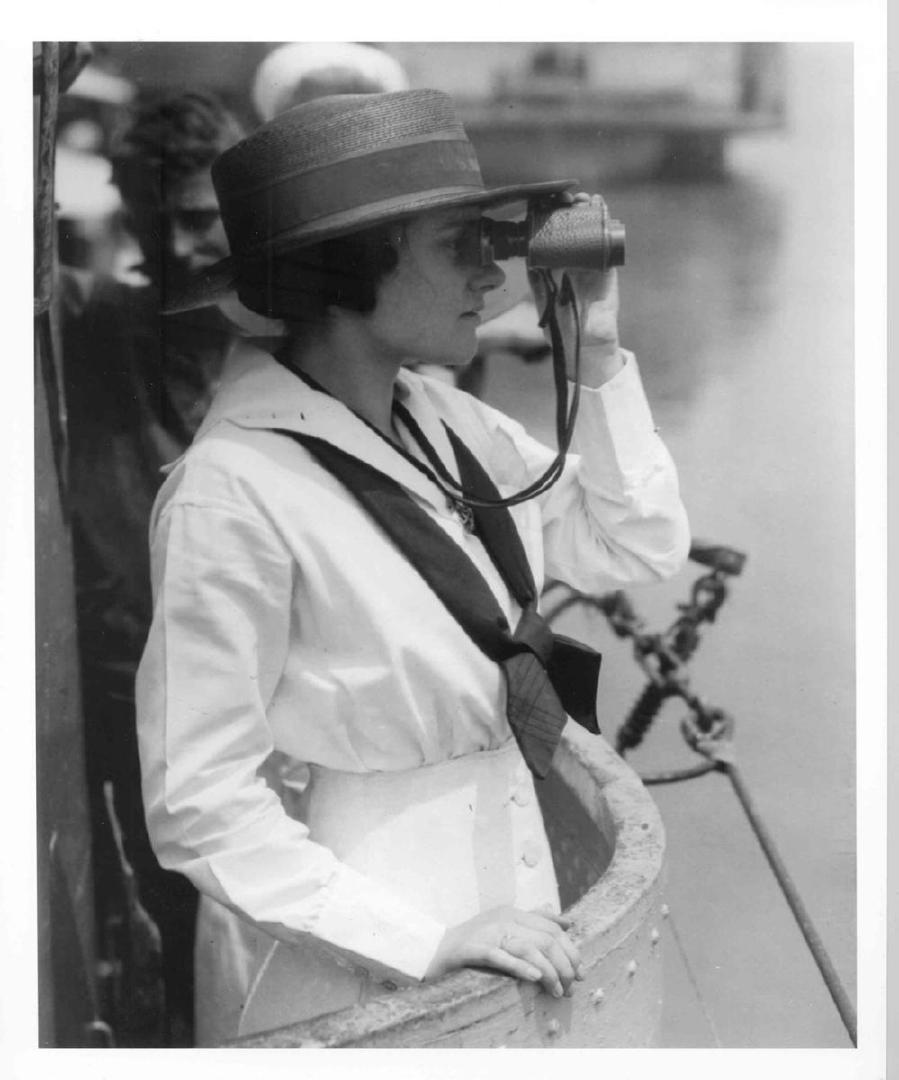Julia Rhinehart and the Yeomanettes

More than 11,000 “Yeomanettes” served during the brief period between the issuance of the secretary’s directive in March of 1917 to the end of the war in November of 1918.
In 1917, an order from the Secretary of the Navy, Josephus Daniels, introduced the recruitment of female clerks, electricians, accountants, and other positions, freeing up male Sailors for more frontline occupations. This directive would pave the way for further gender integration of the military in the years and decades to come.
Julia Rhinehart became one of the first women to enter the Navy Reserve. More than 11,000 “Yeomanettes” served during the brief period between the issuance of the secretary’s directive in March of 1917 to the end of the war in November of 1918. While they did not go through basic training, they were required to pass a physical exam and attend night classes on Navy procedures and regulations.
The Navy began recruiting women into the Naval Reserve to be clerks, radio electricians, accountants, and factory workers to free men for active duty. Women came from around the country, but the largest contingent was from the Washington area.
The Yeomanettes worked long shifts six days a week. None saw active combat, but their work along heavily trafficked waterways and naval bases put them in the crosshairs of the deadly Spanish Flu, which swept across the globe in 1918. More than a few of Julia’s compatriots succumbed to this terrible illness, and Julia contracted it herself but was able to recover.
When she was inducted on August 30, 1918, Julia was one month shy of her 37th birthday compared to most other women who were 19-21 years old. Julia was a dressmaker and clerk. In some cases, recruits were assigned to ships along the coast for administrative duties, and Julia was transferred to a tugboat, the USS Triton. The tug patrolled the Potomac to the Naval Proving Grounds and Powder Factory, pushing barges loaded with materials for producing gunpowder. Julia was on active duty from September 3, 1918, to July 31, 1919. Although recruited for a four-year stint, World War I ended on November 11, 1918, and she and other yeomanettes were kept on inactive status until their enlistments expired, receiving a retainer of $1 a month. She was discharged from the Navy as a Yeoman 2nd class.
On February 13, 1920, Julia Rhinehart #1832059 was discharged, and she married William Powell, an Army veteran. She and her husband eventually bought the Ball-Sellers House in 1920 and lived there for the rest of their lives. They are buried at Arlington National Cemetery in Section 31, Lot 5703.
Images


